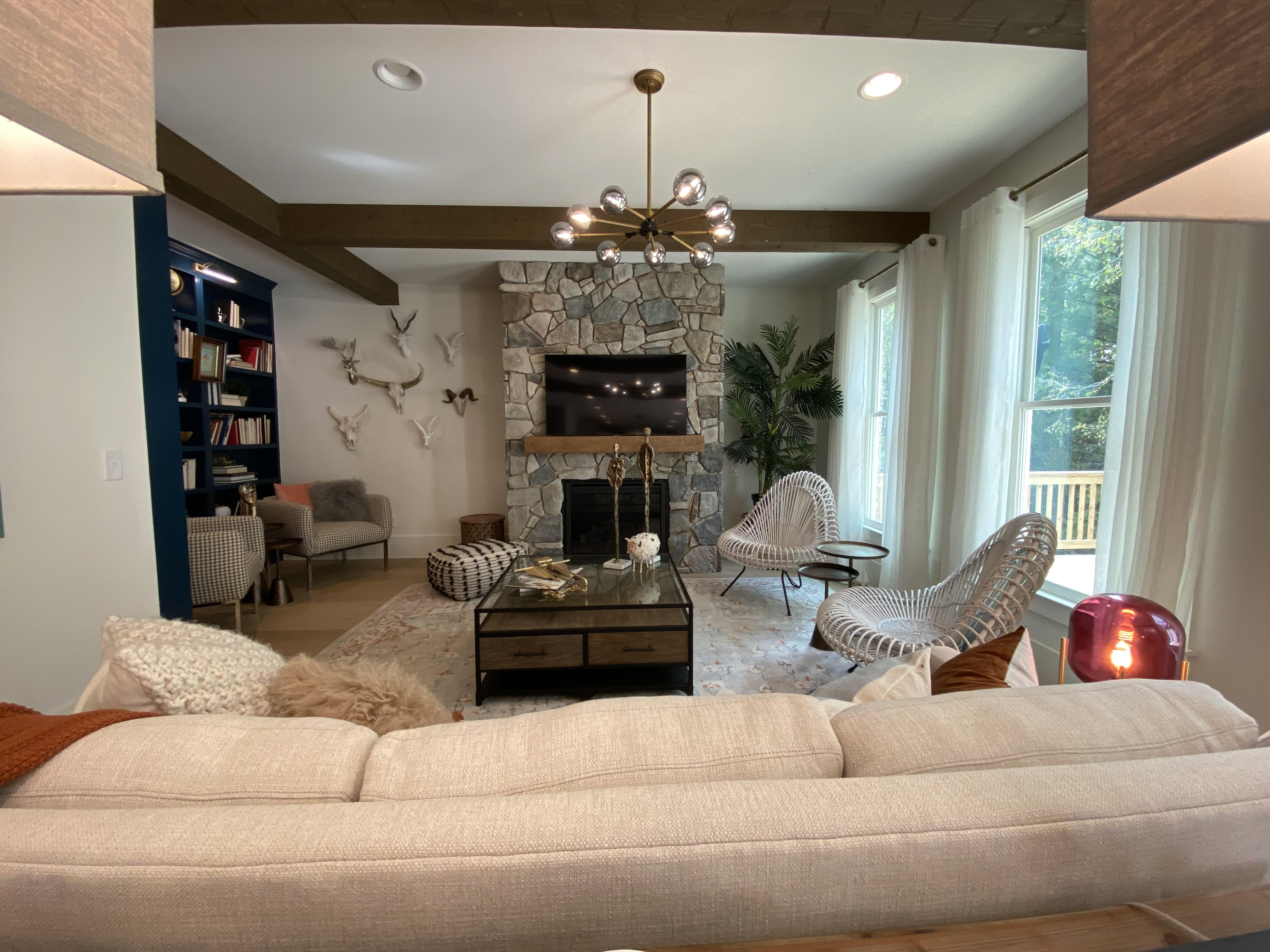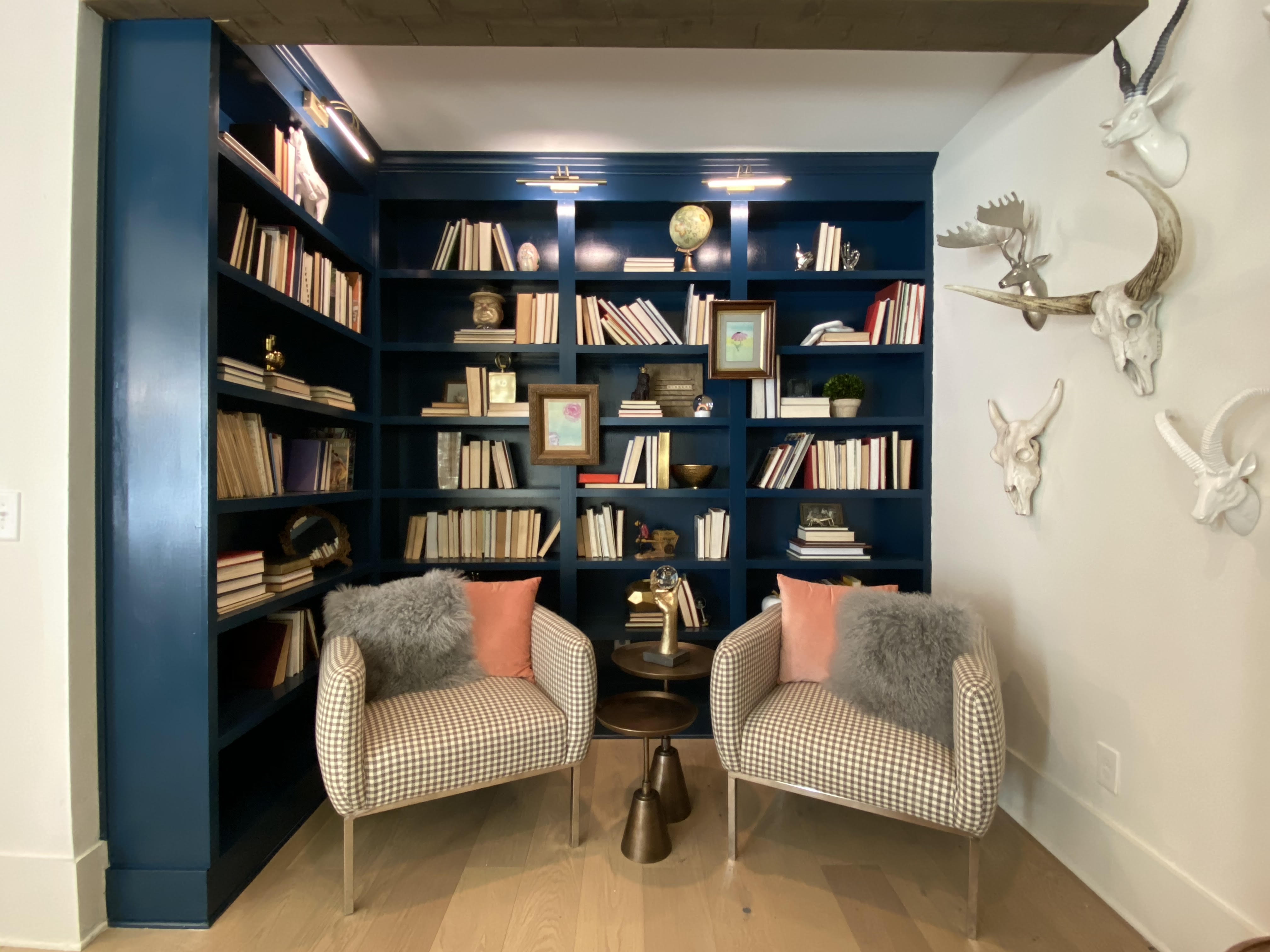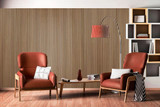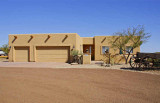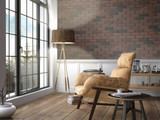Barron Designs Featured on 'Rock the Block'
Whatever the size or style of the room, David Bromstad believes beams can make it better. The designer and star of HGTV’s My Lottery Dream Home recently finished a six-week run as part of a design team on the network’s second season of Rock the Block.
During the competition, Bromstad incorporated real wood ceiling beams from Barron Designs in the living room, main bedroom and basement. He says beams are one of the most impactful additions you can make to a space — and versatile enough to fit in virtually any room.
“They’re easy, they’re beautiful, they’re cost-effective and they create an impact,” he says. “You can lay them out in so many different ways: close together, in a criss-cross fashion for a more formal feel — there are endless possibilities to add architecture without taking up any space on the walls or floor.”
When to Use Faux Wood (and When to Go Real)
Bromstad says both real wood and faux wood beams have a place in home design: “Faux beams are incredible because they’re light. They’re not supporting a load like real beams. Real beams are amazing, but faux beams — you can use them anywhere. You don’t need supports to hold them, and that’s the beauty of faux.”
He notes one of the biggest considerations is where the beams will be placed and how much weight the structure can handle. For example, when he used Barron’s Heavy Hand Hewn Wood Beams in a living room on Rock the Block, he originally planned to use more but scaled back due to the added weight.
“It really comes down to what the structure can support,” he explains.
Telling a Story With Beams
Bromstad emphasizes that how beams are positioned can change the entire feel of a room. “I don’t look at beams as traditional; I see them as a base to tell a story,” he says.
He encourages unconventional design approaches: “Tight beams with a smooth finish can create a formal look. Rough-hewn beams feel more casual — but paired with sleek furniture, they strike a beautiful balance. There are really no rules; it’s all about what you want.”
He even challenges the belief that beams shouldn’t be used in rooms with ceilings under eight feet. “I disagree. You don’t have to do big faux beams — smaller ones still capture the essence,” he says. The only situation he advises against is when beams make a space feel cramped or too low.
Rethinking Where to Use Faux Wood Beams
Bromstad is such a fan of beams that he believes they can work in almost any space: “Bathrooms, hallways, bedrooms, dens… they could be used anywhere.”
For bathrooms, he suggests using them in taller spaces so the room doesn’t feel claustrophobic. But ultimately, he encourages homeowners to break free from “rules.” Even a single beam in an unexpected place, like a bathroom, can create intrigue and spark conversation.
One of his favorite projects was a coffered ceiling for HGTV’s Color Splash. “It was a lot of work, really detailed, but it elevated the room’s sophistication. Yet because they were wood, it still felt casual,” he says. “The more detail on a ceiling, the more expensive the house looks.”
Planning Is Key
Bromstad stresses that planning beam placement is essential: “If you’re running 8-inch beams across the room and it goes over a windowsill, is your windowsill 8 inches off the ceiling? Are you going to hang drapes there? Those details matter.”
He adds that fire alarms, air ducts and lighting should all be considered when designing with beams. “Planning is huge. Lay everything out and draw it out so you’re avoiding your lights and electrical. It can be tricky, but it’s fun — like a puzzle.”
His biggest piece of advice? “Let your freak flag fly in your own home. Do whatever makes you happy. There are no real rules to design — your house is your space.”
Shop Related Products